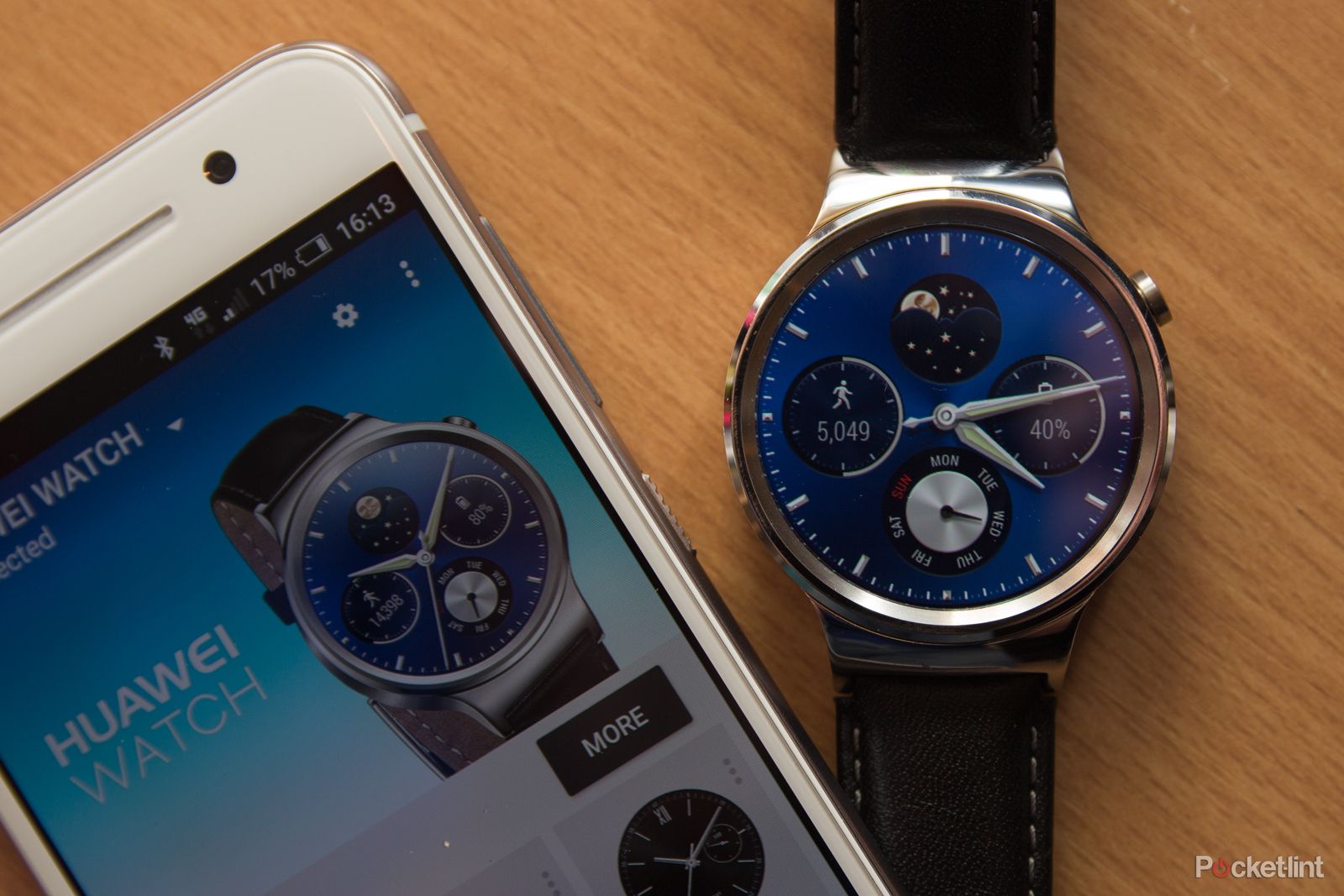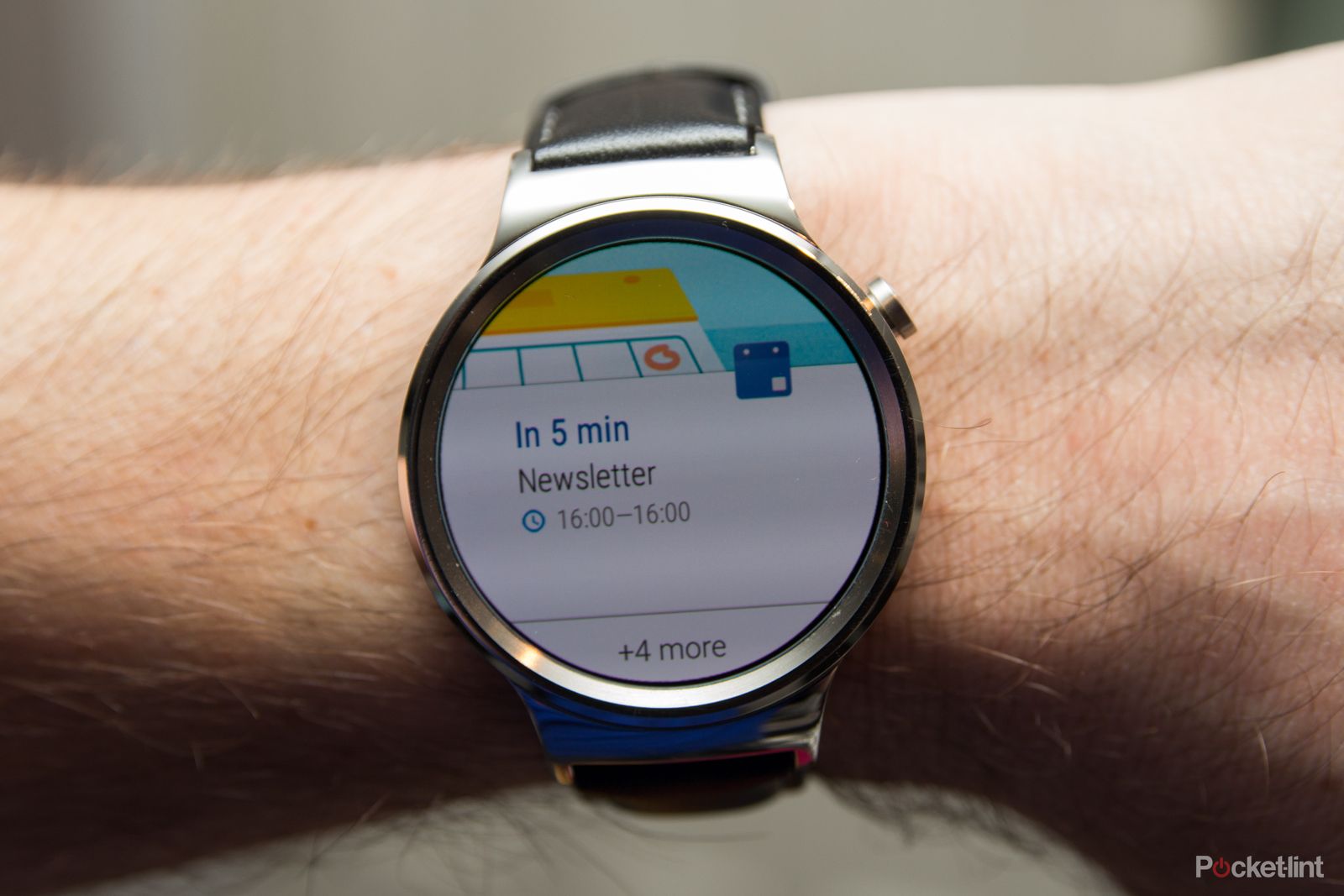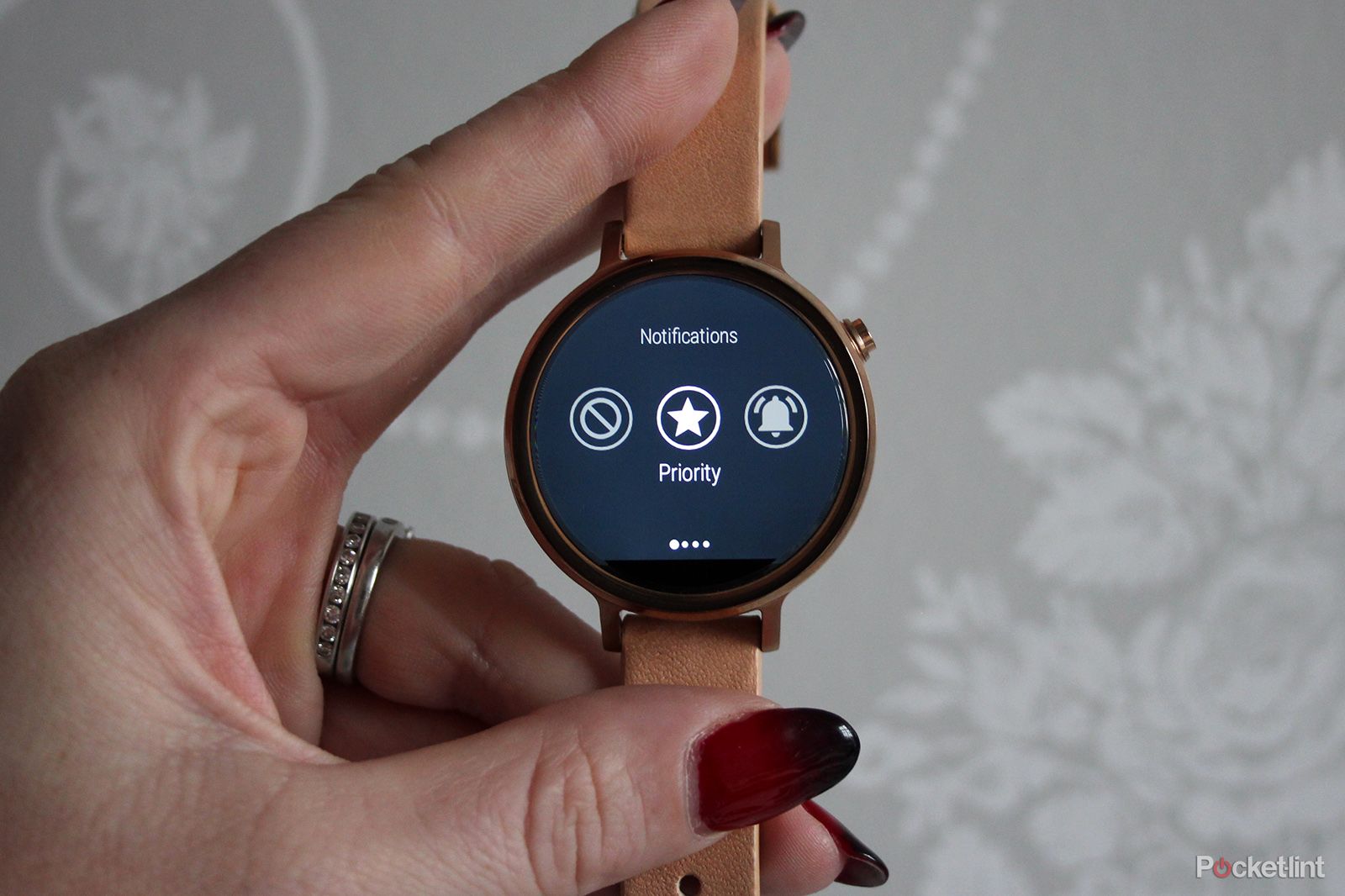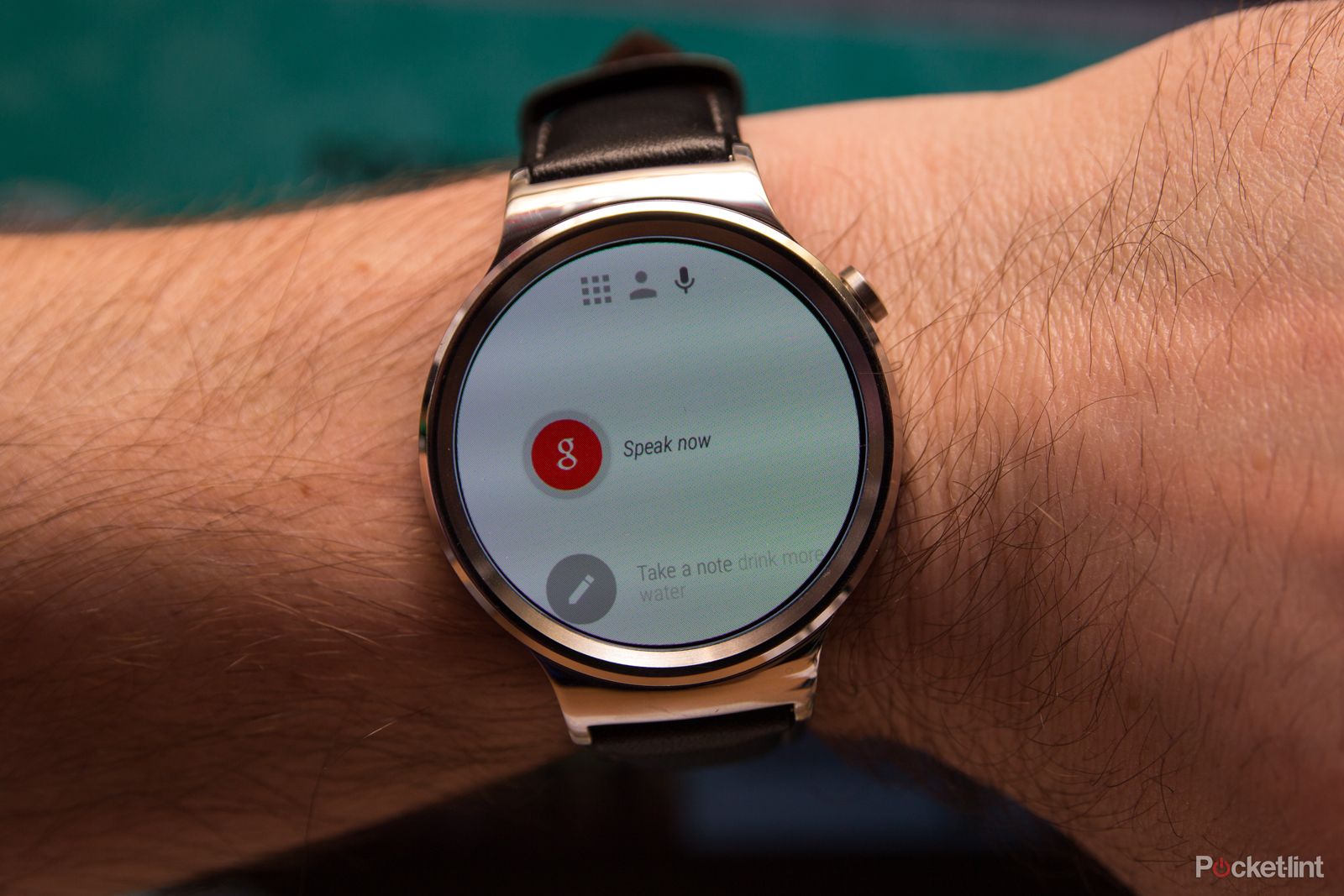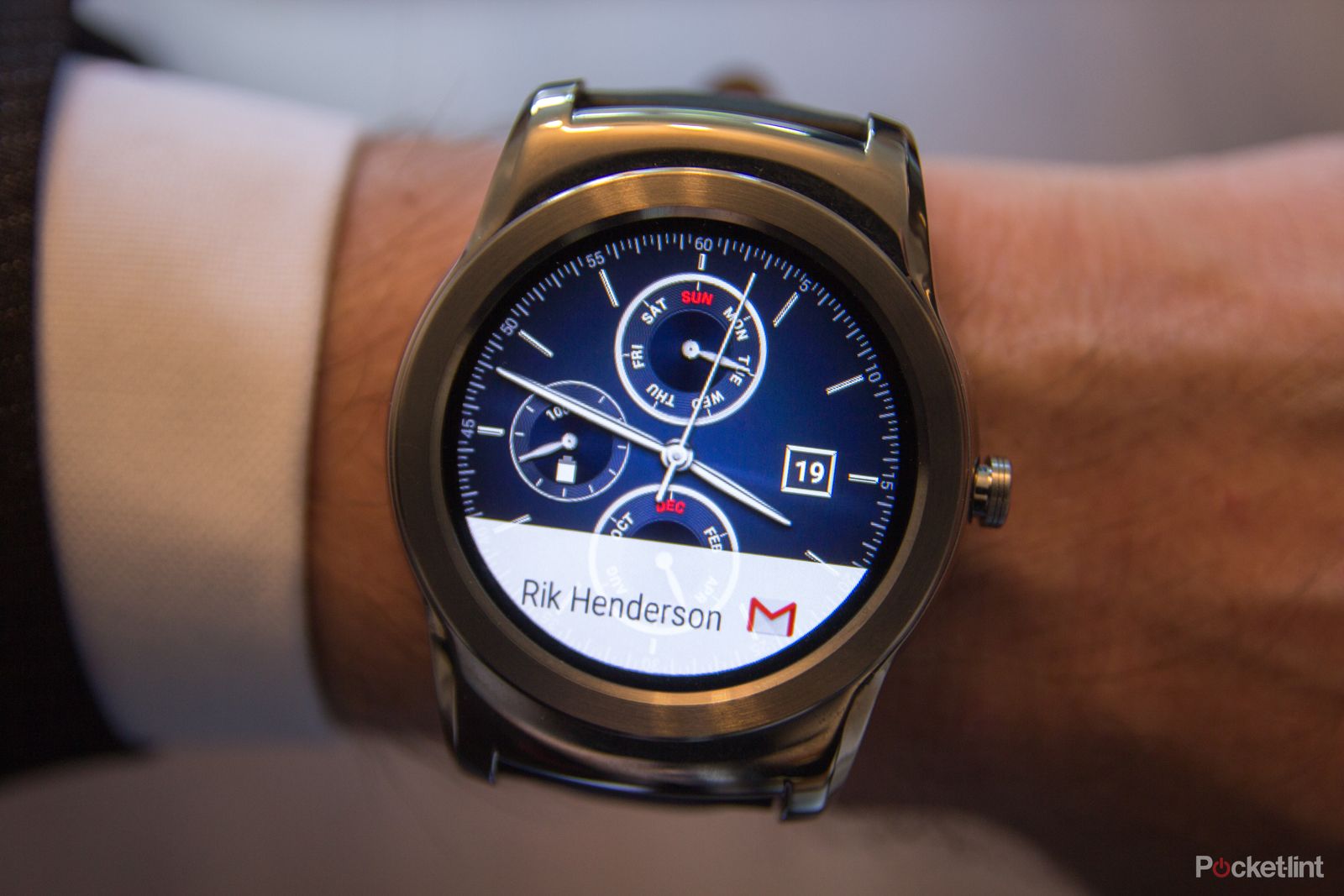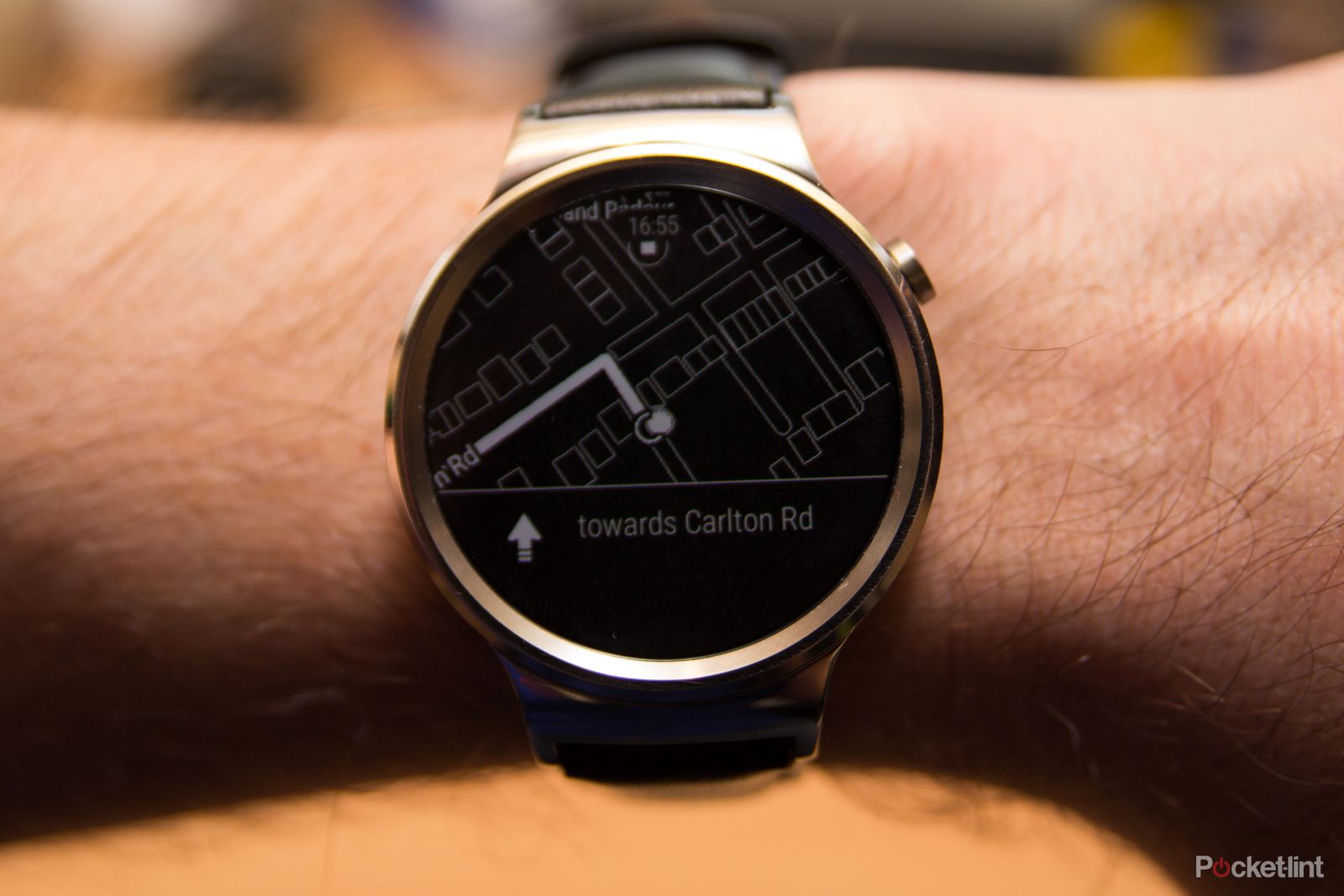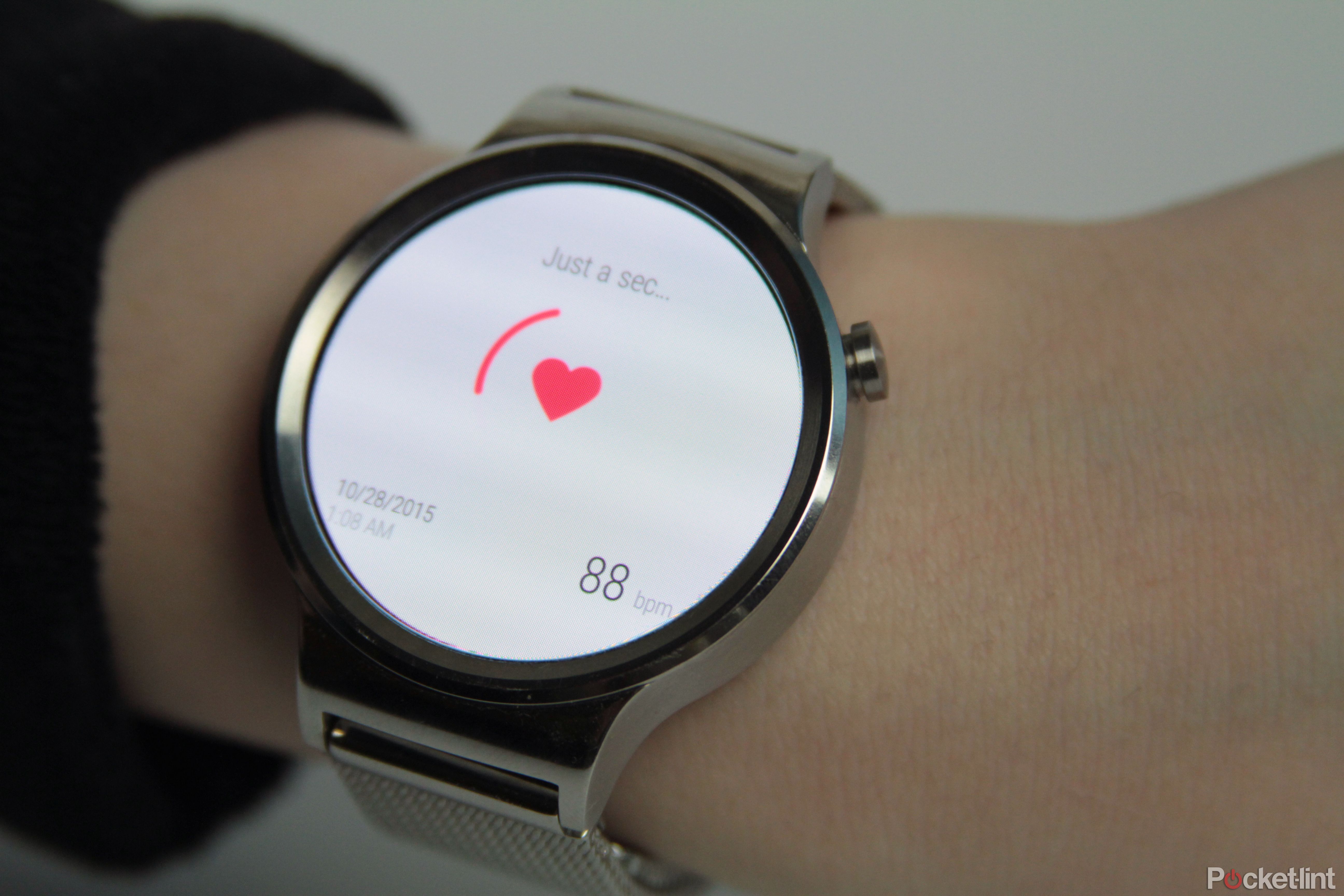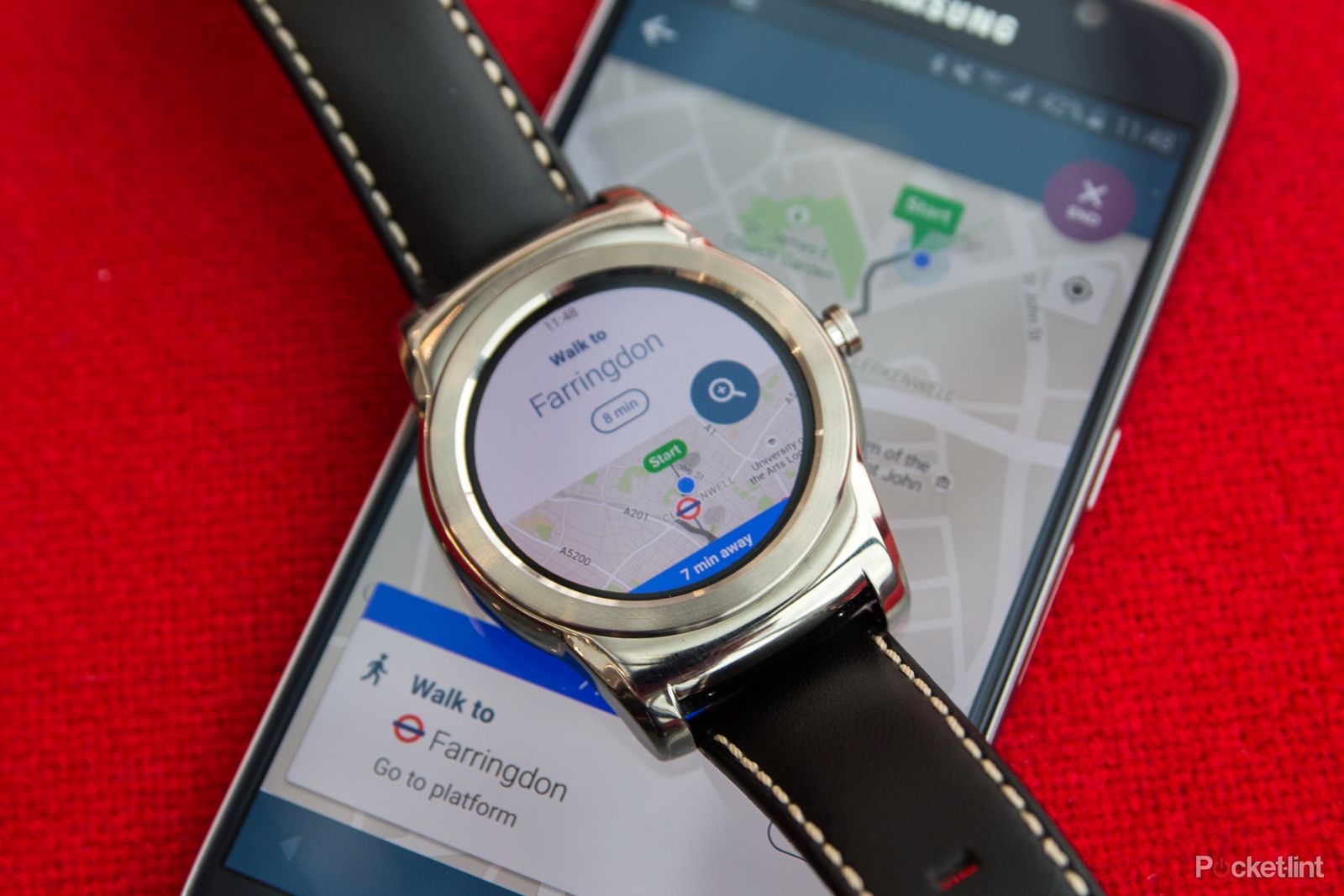Android Wear is the platform for wearables designed to put the power of Google on your wrist. It keeps you always connected by delivering tailored alerts from your smartphone, but also acts as a point of input for interaction with your apps. It's designed to be simple, operated through a number of touch gestures, with plenty of options for voice control.
Our quick take
Android Wear is maturing and the hardware choices on offer have generally improved from the original set, which felt like proof of concept, rather than driving consumer appeal. But with increasing functions and more app support, Android Wear is more attractive than ever. Watches like the Tag Heuer Connected show that there's something at the top end, while others battle it out in the middle grounds. Then you have devices like the Moto 360 Sport, looking to embrace Android's sporting functions and run away with them.
We like the enhancements that Android Wear has added for interaction. Offering interactive watch faces, offering those wrist flick controls, as well as moving away from the position where it felt like everything had to be done by voice leads to a much better environment for Android wearables.
But there's still those odd design glimpses, the occasional lack of feedback and a slight disjoint between the experience on Android Wear and an enhanced Android experience on Marshmallow. It feels like Android Wear is ready to make another step, flush out some quirky design choices and establish itself as a more mature wearable platform.
There's fun to be had with Android Wear and there's no shortage of recent development to make it more competitive. But with Apple Watch OS also pushing wearable buttons, now isn't the time for Android Wear to be complacent: there's room to improve and there's room for developers to add excitement.
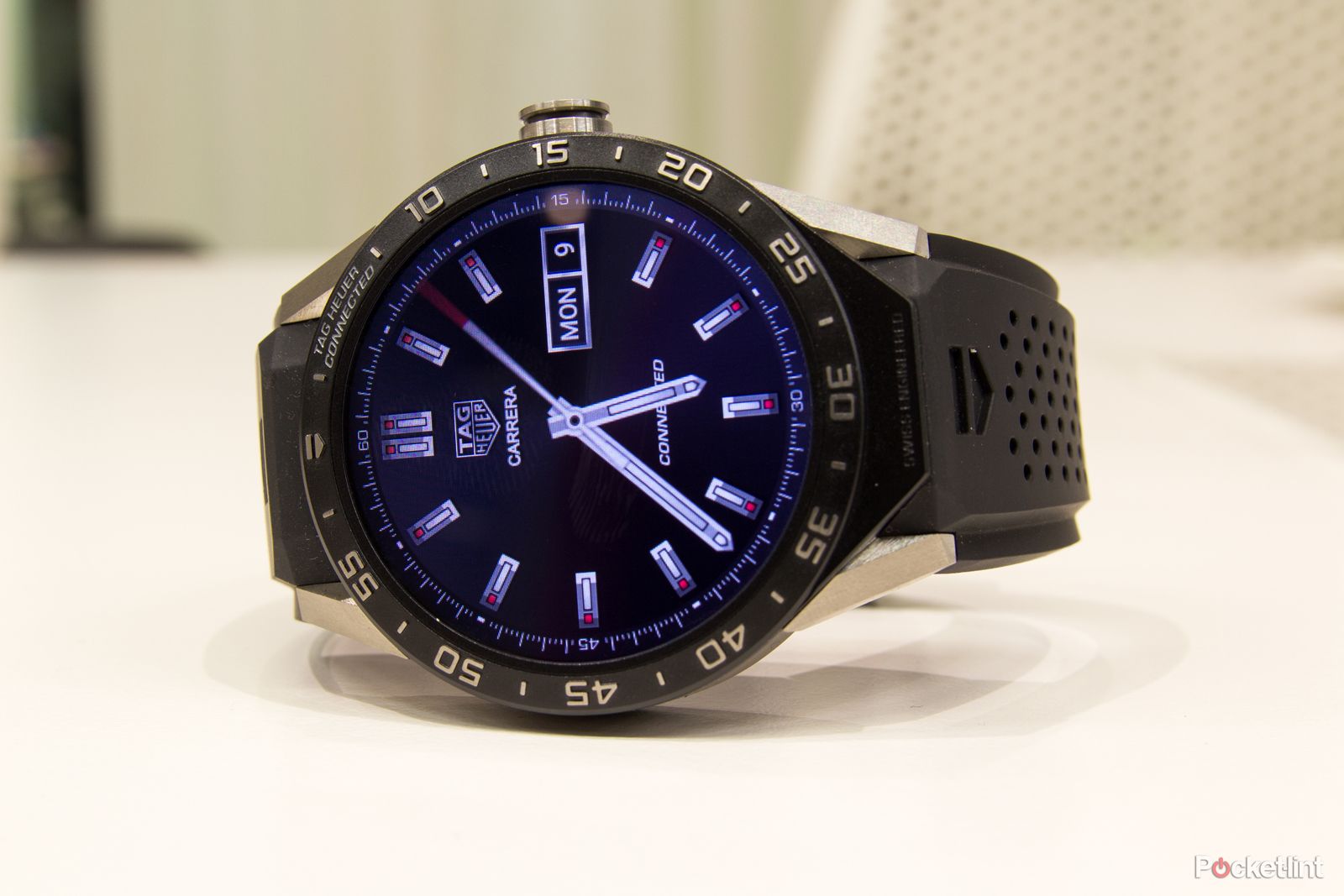
Android Wear - 4.0 / 5
| FOR | AGAINST |
|---|---|
|
|
Android Wear has progressed through several generations of devices, with most manufacturers having released one or two models so far. LG has progressed from the G Watch to the Watch Urbane; Motorola has issued the second generation of its Moto 360 and Android Wear is starting to attract new manufacturers like Fossil and Tag Heuer, as it moves from the preserve of tech companies, to traditional watch brands.
Over the past year, Android Wear has changed some of the fundamentals of navigation, we've seen wider support from apps, as well as new hardware possibilities unlocked. Does Android Wear have what it takes to fend off rivals from Apple and Samsung's Tizen, or is this still a fledgling platform trying to find its feet?
Android Wear review: Connecting to your Android Wear device
Android Wear runs through an app on your smartphone, also called Android Wear. This manages the connection via Bluetooth with your smartphone. Android Wear is available for both Android and Apple iPhone, although Android smartphones offer a much fuller experience, with the iPhone more restricted in features. For the purposes of the this review, we'll be looking at the Android Wear experience paired with an Android device.
Android Wear (the app) is also a portal to compatible apps - those apps that have been optimised for Android Wear - as well as the place where you can choose how a particular command on the watch will be actioned. If there's a choice of fitness apps, for example, you can define which will return your heart rate when requested.
The Android Wear app will also let you control notifications, control calendars, and link your watch face to a friend, so you can share emoji and so on. It's also a conduit to Wear compatible apps, although these can be accessed directly through the Play Store.
The app lets you change watch faces, although that's simple enough to do through the watch itself too. Some Android Wear devices have additional controlling apps, offering more options not catered for by the standard app.
Android Wear review: Design and visuals
Android Wear lets you customise the watch face shown on your smartwatch - which basically acts as your main home screen - with a simple long press. Watch faces have received a number of updates over the past year, firstly breaking out faces as individual apps so they can be downloaded from Google Play, then adding interactivity.
The result is that watch faces very much make up the character of your device. There are clever faces that will let you tap to change the stats they show, such as the Under Armour Record face. There are faces that will show you charge status, mock traditional time pieces, or give you an ultra modern look. The watch faces are all designed to dim in ambient mode, so they are always on, but causing minimal battery drain when you're not looking at them.
One thing we've wanted for a while is deeper theming Android Wear and that hasn't appeared. Once you get past the watch face, pretty much everything on Android Wear is the same, regardless of the device you're using. The look of the user interface reflects the detailing that Google has added to some stock Android apps and around Google properties.
This is mostly reflected in backgrounds, where the calendar has some desk calendar detailing in the background for example, or directions have some signposts and so on. We can see that it's designed to be fun, but it's strangely dated. Even though Android Wear has been through several updates since launch, we still occasionally catch a glimpse of this design and think it lacks sophistication against the great improvements in Lollipop and Marshmallow.
Android Wear review: Control and interaction
Android Wear offers interaction through touch, using a mixture of swipes and taps to get the device to work. Many Android Wear devices also feature a button, often used like a standby button for the display, waking it up or dimming it. In many cases, a long press will open the apps menu.
The user interface is arranged around two main approaches: cards, which make up the delivery of notifications, or the pages of apps. There are a set of standard swipe actions. Swiping up from the bottom will open up any notifications you have and you can keep scrolling through them. This will also open up any app that's live: for example, if Spotify is playing, it sits at the bottom of the display, offering controls, a swipe up opens it.
Swiping down these notifications will hide them from the display so you can see the watch face unsullied, but they have an unfortunate habit of reappearing again.
These basic actions can be replicated with a wrist-twist gesture too. This is really handy if you can't use your other hand to navigate, for example if you're carrying something or driving. Quickly twisting your wrist away from you will scroll up these notifications, and conversely, twisting it quickly towards you will act as a swipe down. If you're irritated by some random notification, a quick jerk of the wrist will hide it.
Swiping down from the top of the device opens the device controls. Here you'll be able to do things like silence the notifications (this applies to the connected phone too), engage cinema mode, adjust the brightness and control things like Wi-Fi and Bluetooth. The latter two are important, because Android Wear can connect independently to these wireless connections types and this is controlled from the device rather than the connected app.
One of the most important elements of Android Wear is apps. This has slowly gained momentum over the past year, bringing more features. A swipe from the right-hand side of the device opens the apps menu for instant access, with the most recently used apps at the top of the list. This is a far cry from Android Wear's original position at launch which made it difficult to access apps, wanting you to use voice most of the time.
Android Wear review: Ok Google, let's use voice
Google has introduced voice in many areas. It's a key part of smartphones as well as Android Wear. Initially Android Wear was overly-voice dependent, but we've now moved to a position that's softer on voice as we've mentioned above, and this is a great improvement. It makes Android Wear much more accessible for those who want to stay quiet.
From the watch face you have "Ok Google" as a hotword, and you can can use this to do pretty much anything. It will launch apps, send messages, navigate you home and give you general responses as you'd expect from Google Now. It is dependent on that connection to your phone, however, so if you're disconnected for whatever reason, you won't get anything back from your device, other than moving to a set of standard commands, like run tracking or showing your steps.
Being able to command Android Wear from any point is really handy, but the response differs by action and app. In some cases you'll be prompted to open something on the phone, other times Android Wear will present the options it has available. By this point, it's very much the same as manual control, but being able to say things like "Ok Google, navigate home" is really handy, especially when driving and lost.
Driving is a good example, but in this case Android Wear is like other voice commands for your phone. You can dictate a message to a contact, although this is still a quick fire option: you say what, who, how and off it goes, it doesn't stop to confirm. This does give the opening for strange messages to be sent to stranger people, but when it works (and usually it does) it's very convenient.
You can view and dictate replies to messages too and if you're determined not to use your phone, this remains an option, but again, if for whatever reason the voice detection doesn't quite get the message right, you'll be scrabbling to cancel the message. It's a different experience to voice on your Android handset (and Cortana and Siri), where you get a confirmation and asked if you want to send it.
Android Wear review: Notification heaven
Notifications on Android are pretty much the most versatile you'll find on a mobile OS at the moment. Android Wear, then, is well placed to take advantage of this, with notification content coming through to your watch. There are options to control behaviour here, like muting calls on your phone when connected to your watch, as well as app blocking.
This gives you the option of stopping some app notifications from appearing on your Android Wear device. This is especially handy if you want to avoid showing something on your watch that should be private. If you're in a meeting, do you want your WhatsApp or Facebook messages appearing on your phone? Perhaps not.
You can, of course, opt to silence your device, with Android Wear 5.1.1 adopting Lollipop's None, Priority, All system for notifications. It hasn't, yet, updated to the newer system offered by Marshmallow, so none in this instance includes alarms. Changing the notification status on your Android Wear device is reflected on your phone and vice versa, but it's worth noting that none really does mean total silence. Currently, there's no "alarms only" option for Android Wear.
We've mentioned how notifications behave, occupying the bottom section of the display and letting you swipe up to see more, then swiping to the left to see more options - that might be to reply, silence the app, or open on your phone or something else.
For apps that are optimised for Android Wear, this is where the real interesting stuff happens, for example letting you view the next step in your journey. However, for those apps that aren't optimised, it's a bit of a tease. There are lots of app-related alerts in Android that don't get follow-through action on Android Wear. For example, use the geolocation feature on your Hive Active Heating system and you'll be asked if you're coming home. On the phone that's great, you tap through to the app, adjust the heating and you're all set. On Android Wear you read the alert but can't action it. Yes, there's plenty of room for app developers to expand onto this wearable platform.
Android Wear review: Calling
When you receive an incoming call on your phone, Android Wear will ring and vibrate. You'll be given the option to accept or decline the call, as well as reject a call with a message.
You might question the need to have an answer option when you might not have a speaker on your Wear device, but it makes sense when you're wearing a Bluetooth headset. It makes managing calls really easy, never having to lift your phone out of your pocket.
The stock SMS responses are pretty good too, so you can let someone know that you can't take their call. Again, this will work well for those driving with their hands full, or when sat in a boring meeting.
Android Wear review: Maps and navigation
For many, glancing at your watch for directions rather than pulling your slab of a phone out is a big part of what's wanted from a wearable. Android Wear brings Google Maps navigation to your wrist, so that's the navigation box ticked. You can tell Android Wear to navigate you to a place and it will.
This works by firing up Google Maps on your phone, planning the route and then feeding the directions back to the smartwatch. If you use Google Maps Navigation you'll know that your phone will unlock to do this (and only this), bringing the added advantage that if you have your phone mounted on your car dash, you'll also have that to navigate with.
Cleverly you can select the mode of navigation, so you can switch from driving to walking or cycling, but there's no support for public transport in Android Wear's options yet that Google Maps on Android will give.
However, as when using voice for messages, Android Wear doesn't verify the destination on the watch which can be a problem. Without scooping out the phone and checking, you can't tell. But this is only a problem when you initiate navigation from your wearable - start navigation from your smartphone as normal and the directions will then be fed to your wrist.
Android Wear has improved its relationship with Maps, so you can easily open maps on your watch and look at your location. It will also dim, displaying mapping in "ambient mode" to save battery life and maintaining at-a-glance directions.
Android Wear review: Fitness and GPS
With every wearable, the potential to be a fitness device comes bundled on board. With health being in public focus, Android Wear crosses the divide, supporting functions normally found on a sportswatch or fitness tracker, alongside the rest of the connected features.
At a basic level, Android Wear supports motion sensors on the device to act as a pedometer and tell you steps taken, distance covered and calories burned, working in association with Google Fit. If you have the hardware, there's support for heart rate sensors on devices, as well as GPS, although the latter is a rarer find on such devices.
This means that you can have a full suite of fitness data collected, although in many cases you'll have to start the activity, like a run to take full advantage of these things. Google Fit integrates with other sporting applications, so even if you want to monitor data elsewhere, your Android Wear device can contribute.
Unlike other functions where the phone is likely to be in your pocket or bag, Android Wear has to work autonomously in these situations. One of the popular additions to Android Wear is offline music. This will let you transfer music from Play Music to your watch's internal storage, for playback over a Bluetooth headset. You'll get local controls for that music, meaning you can take your tunes running with you.
It's a little restrictive that you have to use the Play Music app for this, as we'd much prefer the freedom to move tracks from any source to our device.
Android Wear review: Supported apps
Many will say that the apps make the device in this modern world and that's certainly true of Android Wear. At its core, Android Wear offers a wide range of functions, but it's app support that we really enjoy. This is where Android Wear moves from being a Google companion into something that's truly exciting.
Apps like Citymapper have embraced the possibilities that Android Wear can offer, presenting intuitive public transport routing that mimics the smart functions you'll get on the phone. We also like how apps like Spotify have seen a smarter way to utilise the display space offering recent playlists you've used and even supporting playback control over Spotify Connect.
More and more apps have added some sort of compatibility with Android Wear and it's those simple moments like pausing a movie you're watching via Chromecast that really makes you smile. But we still think there's plenty of room for developers to really embrace Android Wear. It's a handy extension of your smartphone, but we're not always convinced that it's making the strongest case for itself.
Google has, fortunately, made it easy to find apps supporting Android Wear, so you can get the most out of your wearable.
To recap
Android Wear is a developing platform facing stiffer competition in a post-Apple Watch era. But there have been great gains made, making for a more mature platform. But it needs more developer input and continues refinement to move from a nice addition to a must-have accessory.

